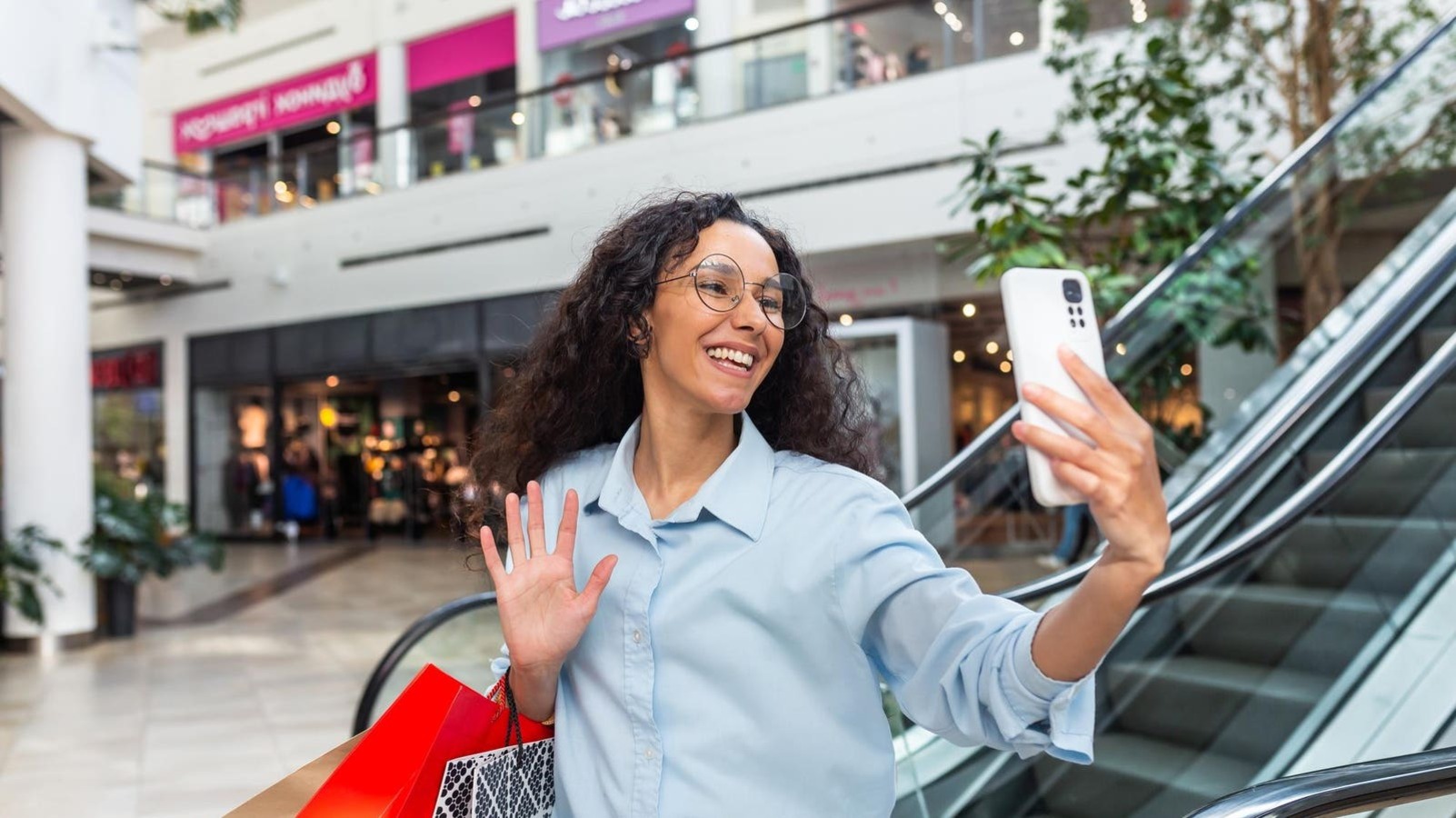Malls Embrace AI-Based Virtual Influencers To Engage Shoppers
May 20, 2024

The substantial growth of social media in the last two decades has amplified the power of the influencer: a person with status, celebrity, and authority to affect trends and purchasing decisions of their followers.
But these shoppers—and the brands that are trying to reach them—aren’t limited to the tastes and preferences of human influencers. The rapid adoption of artificial intelligence is here, resulting in AI-generated avatars that look, sound, and act like people—with their own (programmed) personalities and preferences. Put these two trends together and you get a new kind of tastemaker: the virtual influencer.
Virtual influencers like Lu and Lil Miquela are already being embraced by millions of consumers looking for online advice on brands and products.
Now, virtual influencers are being tapped to get shoppers out from behind their screens and into brick-and-mortar environments. This is especially true for malls and shopping centers looking to bridge the gap between Gen Z’s online and in-person shopping behaviors and earn their loyalty.
Driving increased online and foot traffic
A new class of virtual influencers, led by Cindy, are being developed specifically to help malls and shopping centers increase engagement and become more relevant to their customers. Part spokesperson and part virtual shopping “bestie,” Cindy is tasked with driving online traffic to mall websites and their social channels, engaging shoppers with dynamic content on the latest trends, deals and upcoming events.
Brick-and-mortar shopping centers were once reliant on foot traffic, advertising and word-of-mouth to generate engagement with their customers. Their websites were typically basic, often acting as simple directories with little to no interactivity.
But now equipped with virtual influencer technology, these retail centers are becoming more discoverable and engaging—resulting in renewed leases and higher traffic, both online and in the real world. The difficulty though, is ensuring that the virtual influencer engages with their audience in the correct way.
Using social media and an improved web presence to engage shoppers
Malls and shopping centers that embrace virtual influencers like Cindy present them frequently through social media posts, encouraging shoppers to check out their product picks, exclusive deals, and top events, all presented on the website. By using dynamic content like pictures and videos, the mall can ensure their virtual influencer’s advice and posts are engaging and timely.
For example, the virtual influencer can make brand suggestions for different trends, occasions and shopping periods such as Presidents Day sales, Valentines and Galentines Day—or in Cindy’s case, the trending 2024 makeup color.
To accomplish this, massive amount of the shopping center’s consumer data is used to train the virtual influencer to stay ahead of trends while also staying consistent with the center’s tone, voice and values. With a well-trained virtual influencer, the mall website can become a hub of timely information from a trusted source while the social media platforms can be used as a promotional tool to engage shoppers. But none of this works without ensuring that the virtual influencer is seen as a trusted source and advisor.
Embodying human characteristics by being authentic
For virtual influencers to be successful in promoting a mall or shopping center, they must exude the same authenticity and credibility a human influencer would. Even though they are AI-driven, they cannot be seen as phony, manipulative or inconsistent—in other words, like the digital equivalent of a sales circular promoting outdated products that falls flat with shoppers.
Being consistently authentic can be a difficult tightrope for shopping centers to walk across when deploying a virtual influencer. While they are primarily there to drive followers and sales, virtual influencers should also resonate with their customers. Malls have achieved this by ensuring their virtual influencer has a consistent look (through their face, hair color, styling, voice, etc.), matching the demographics of the surrounding community, and embodying the “everyday” look that shoppers would easily relate to and welcome advice on the latest trends.
By harnessing human traits, virtual influencers have become trendsetters that are perceived as trustworthy, credible, and relevant to customers’ preferences. It is at the point now where social media users don’t just tolerate virtual influencers—they might just prefer them over human influencers. This is good news for malls and shopping centers as they continue to embrace virtual influencers to increase sales, web visits and foot traffic.
Source: forbes
